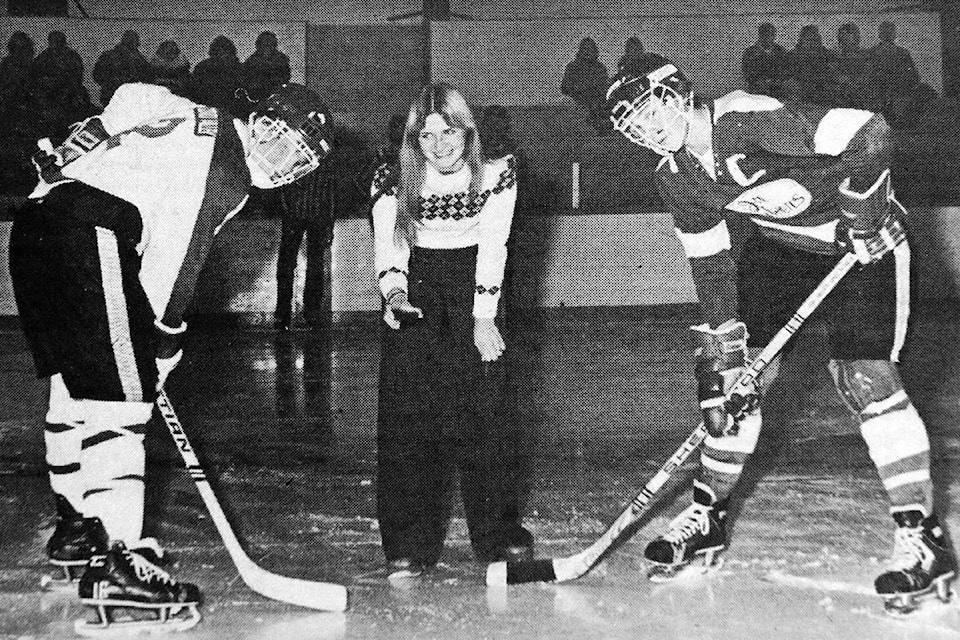Welcome to Lake Flashback. Reporter Lexi Bainas has been combing through oldnewspaperswiththeassistance of the Kaatza Station Museum and Archives so we can jog your memory, give you that nostalgic feeling, or just a chuckle, as we take a look at what was making headlines this weekaround Cowichan Lake in years gone by.
This week around the Cowichan Lake area…
10 years ago:
The usual post-holiday financial meltdown was exacerbated by a story in the Lake Cowichan Gazette at the start of January 2008 that property assessments around the Lake were up again.
“Property values continue to increase in the Cowichan Lake area as construction remains relatively hot. In Lake Cowichan, average single family home assessments went up an average of 16 per cent. About $12 million in construction helped drive up the assessments.
“That means a single family home in Lake Cowichan valued at $171,000 as of July 1, 2006 went up to $209,000 as of July 1, 2007, when assessments are finalized.
“When you have a relatively low number of properties in a particular class it doesn’t take much to change the overall assessment value,” assessor Bill MacGougan said of Lake Cowichan’s commercial property values.
“Lake Cowichan strata apartment assessments have gone up an average of 12 per cent. In Youbou, residential assessments have gone up 14.5 per cent.
Lake Cowichan realtor Keith Nelson doesn’t see an end any time soon to the increasing assessments.
“There’s so much optimism,” said Nelson. “There’s tons of optimism in the whole area.”
25 years ago:
Under the headline “A disaster for the Cowichan?”, an extensive report in The Lake News of Jan. 6, 1993 wondered if the coho and chinook salmon could be vanishing from the Cowichan River. Leo Nelson, of the Cowichan Lake Salmonid Enhancement Society, and biologist Ted Burns were expressing concerns.
Burns was very descriptive in telling of the problem.
“From late November through early January, the creeks tributary to Cowichan Lake and the upper Cowichan River are usually alive with the sounds of spawning coho salmon. The fish produce a symphony of sound as they splash, chase, and dig. These sounds are music to the ears of people who care about salmon and there are many in the village and around the shores of this lovely lake.
“But the creeks are silent this year. The coho run has been dismal and people are worried. What is happening?” he said.
Nelson said that in 1983 there were an estimated 10,000 coho spawning in the Cowichan Lake tributaries, but by the autumn of 1992, only about 500 coho were procreating in Cowichan Lake stream systems.
“What really hurts is that I think I have exaggerated that number,” he said.
No one at that time was able to explain what had happened to the fish, but disturbance in the watershed was deemed a likely culprit.
40 years ago:
“WFI mill faces pollution rap: Ashburnham Creek” topped the news in The Lake News of Jan. 11, 1978.
Reporter Manfred Tempelmayr told that the Honeymoon Bay mill division “was expected to appear in court Jan. 10... Fisheries officer Trevor Field said the company had been charged with ‘depositing a deleterious substance in waters frequented by fish’ as a result of an incident, which took place Aug. 8 of last year at the site of a WFI dam on Ashburnham Creek at Honeymoon Bay.
“Field said, ‘The dam usually requires cleaning once a year’ to remove silt, gravel, and debris, which collects on the upstream side of the structure.”
Past practice had been to “backhoe the stuff upstream and then dump it downstream,” according to Field, but in 1978, Western Forest Industries was asked by federal fisheries to remove it by truck. The company complied, hiring a contractor, but “some of it was left behind and disposed of in the old manner.”
WFI manager Don Hammond said fisheries officials “were making a tempest out of a teapot”, pointing out that the company had been disposing of the the build-up of material by dumping it on the other side of the dam for more than 20 years.
